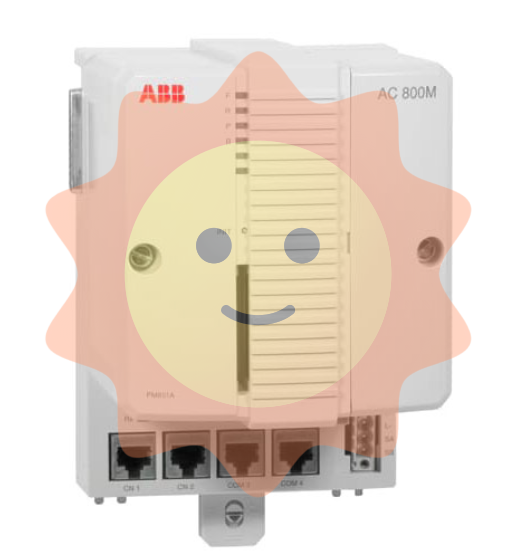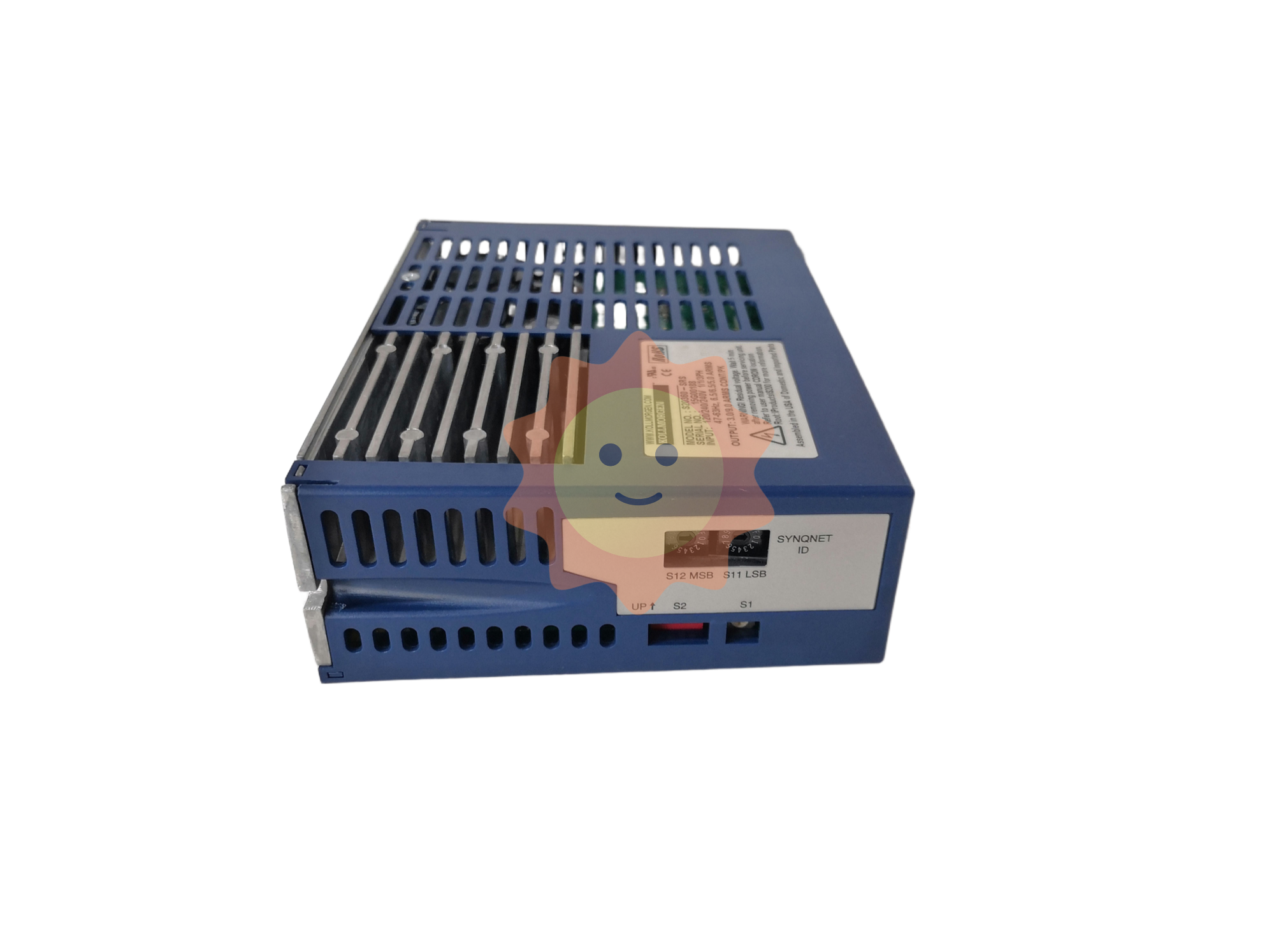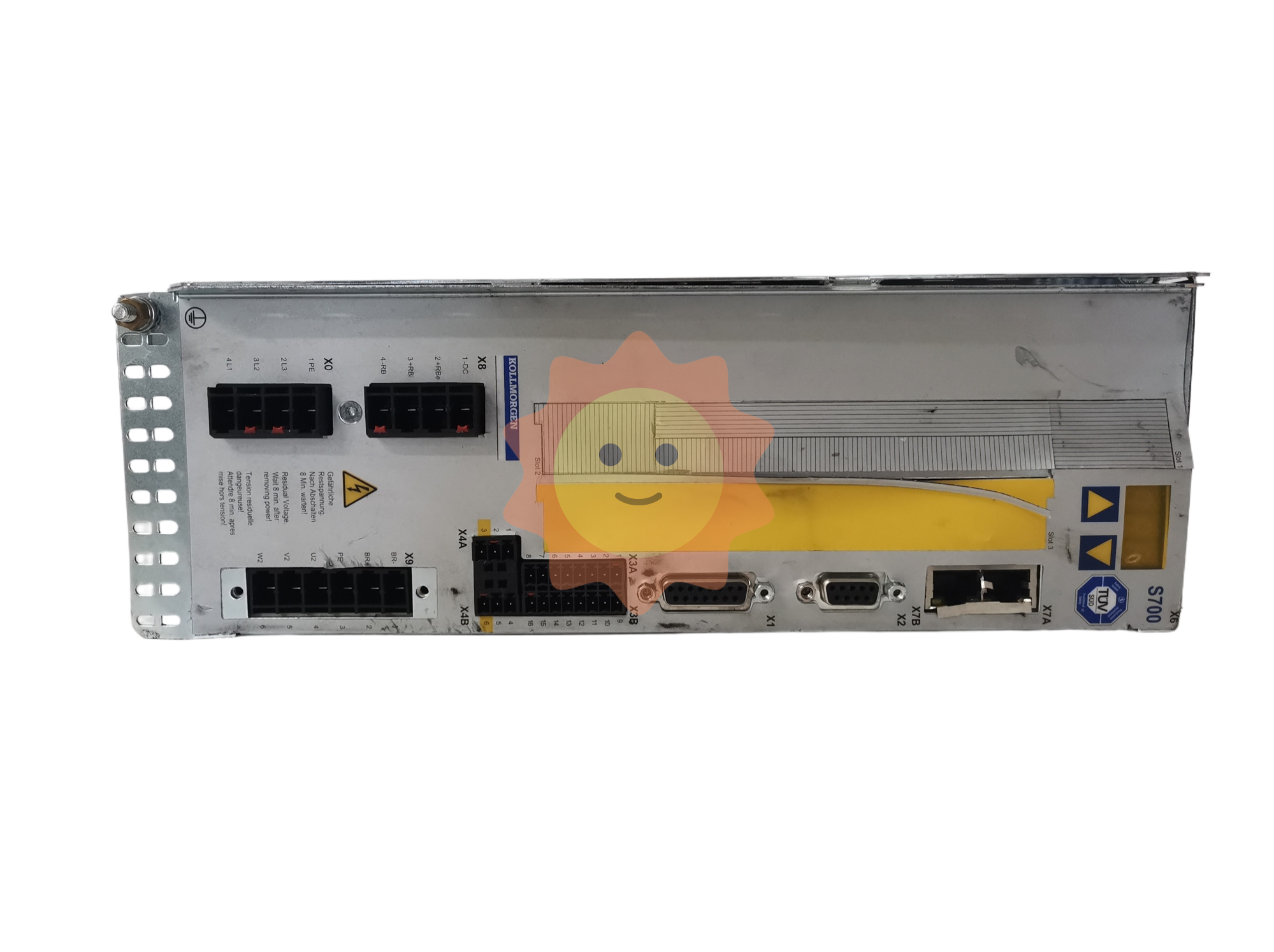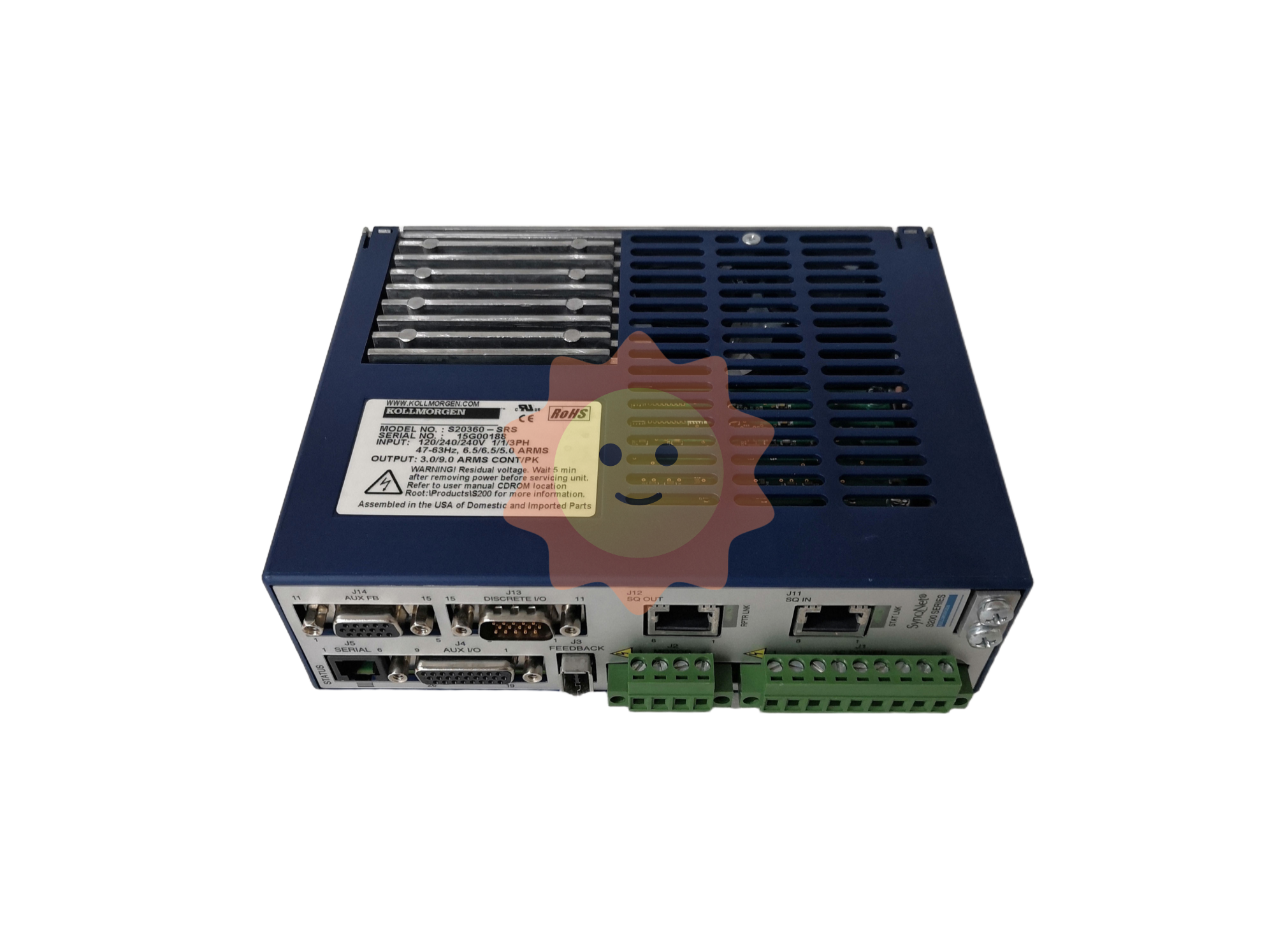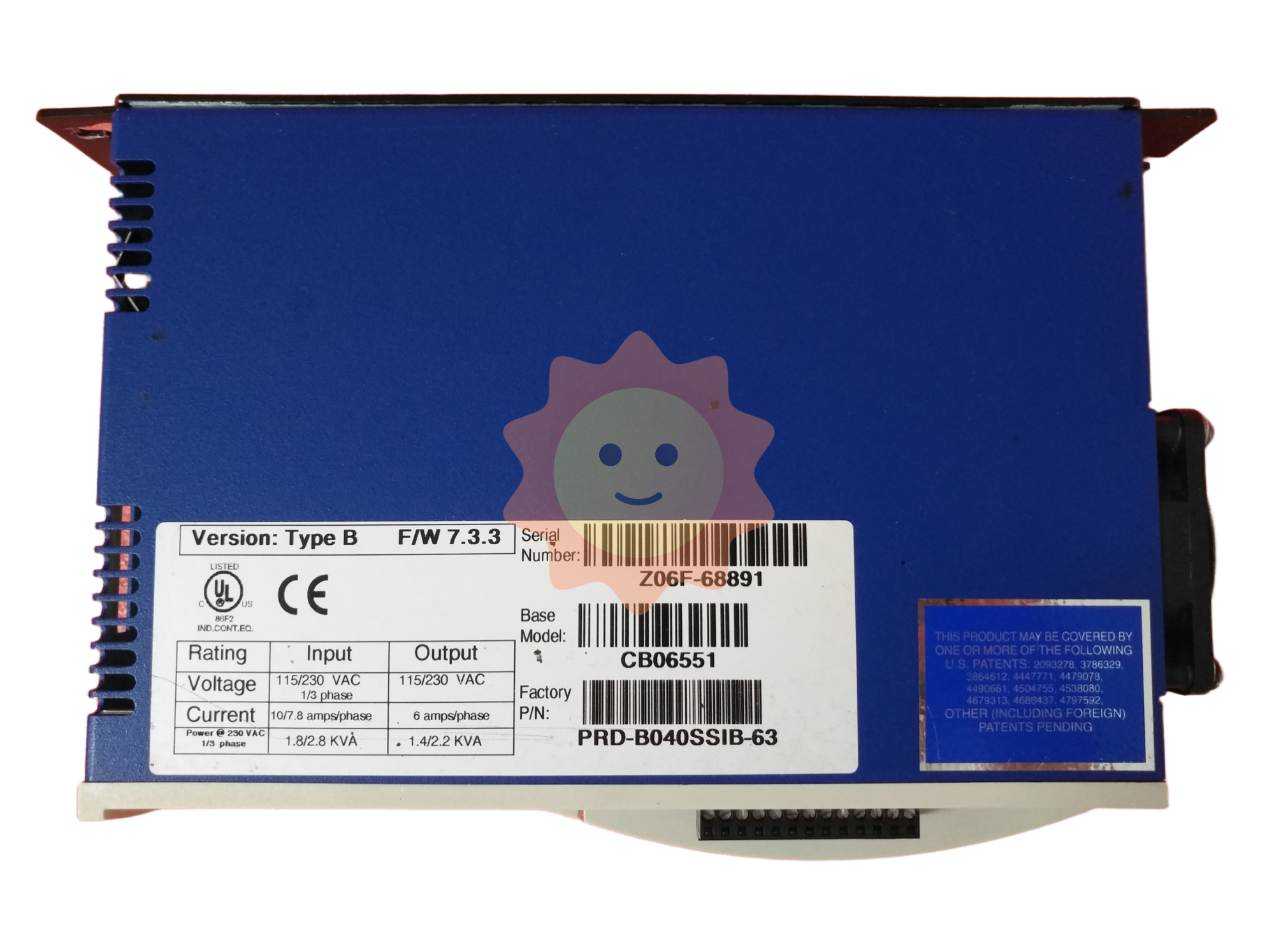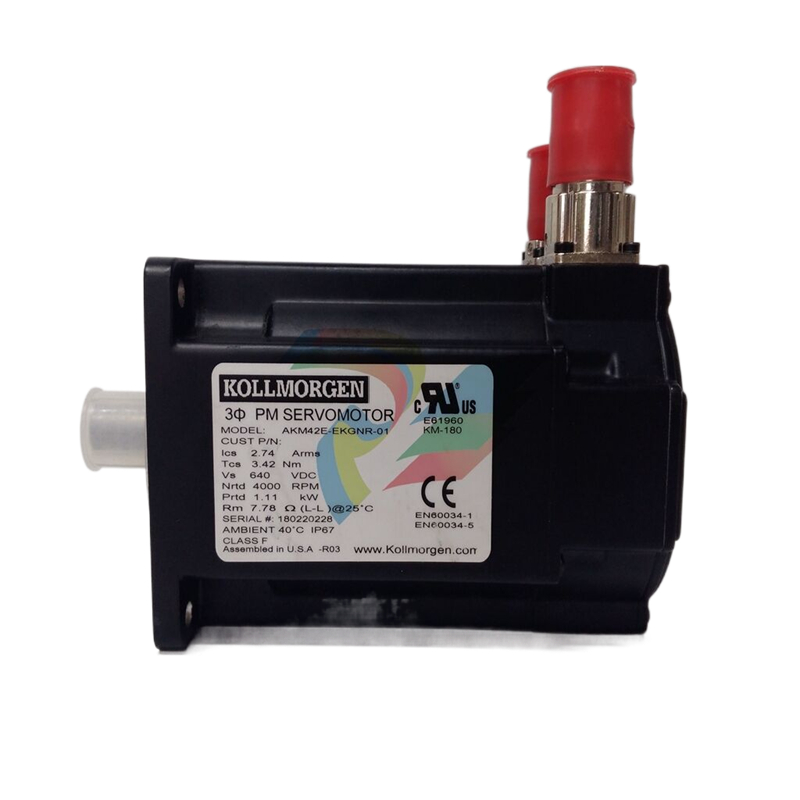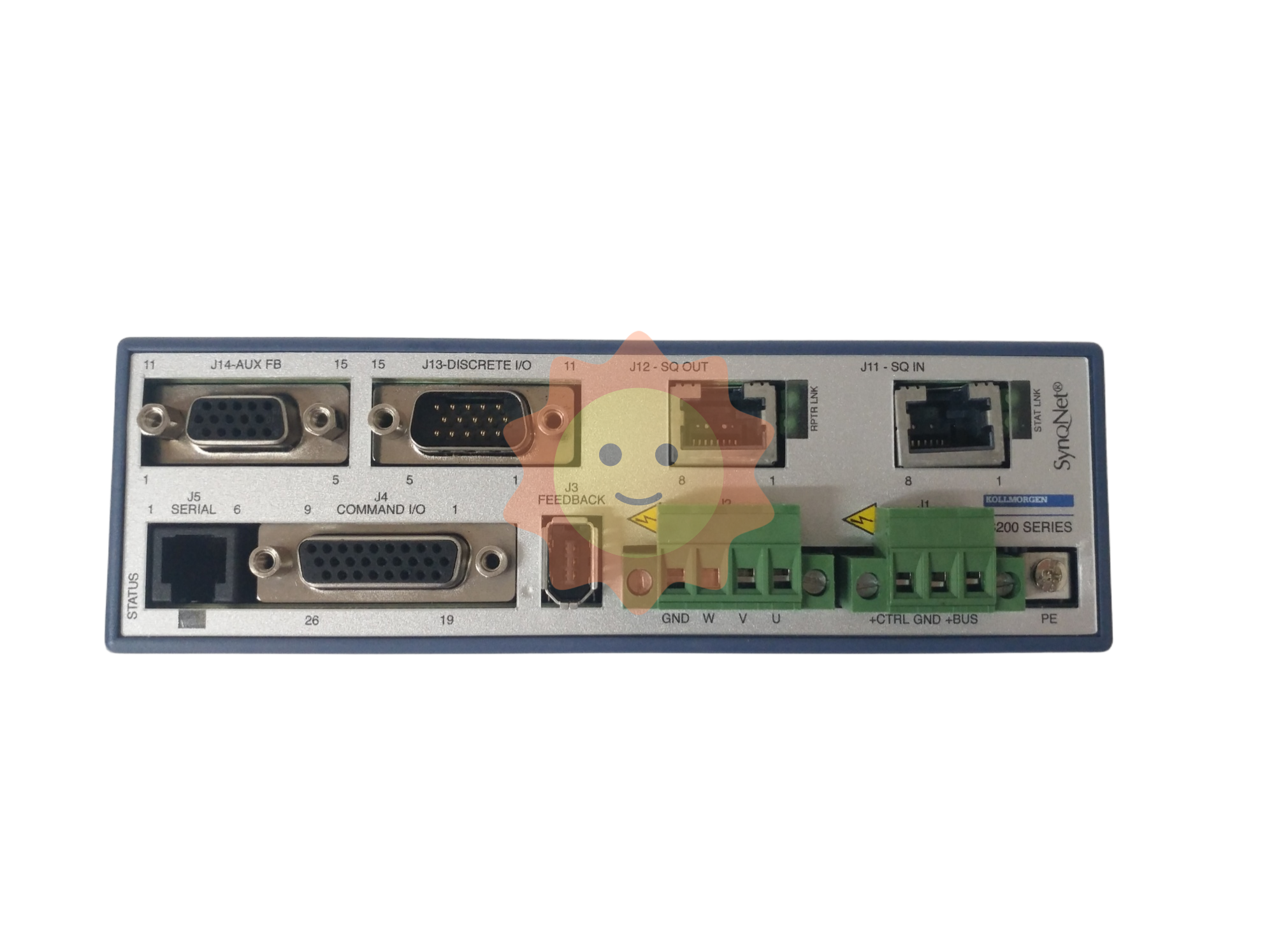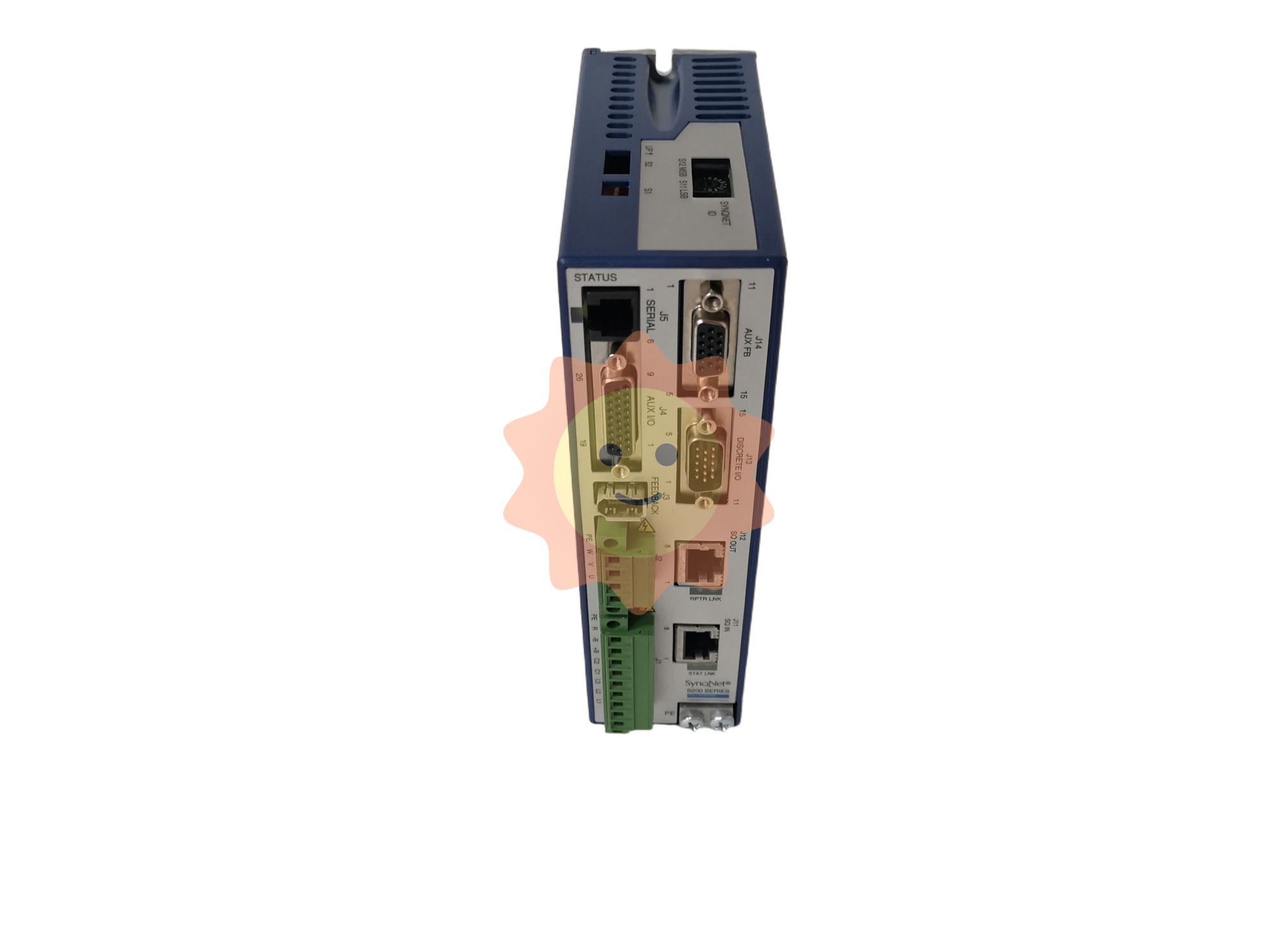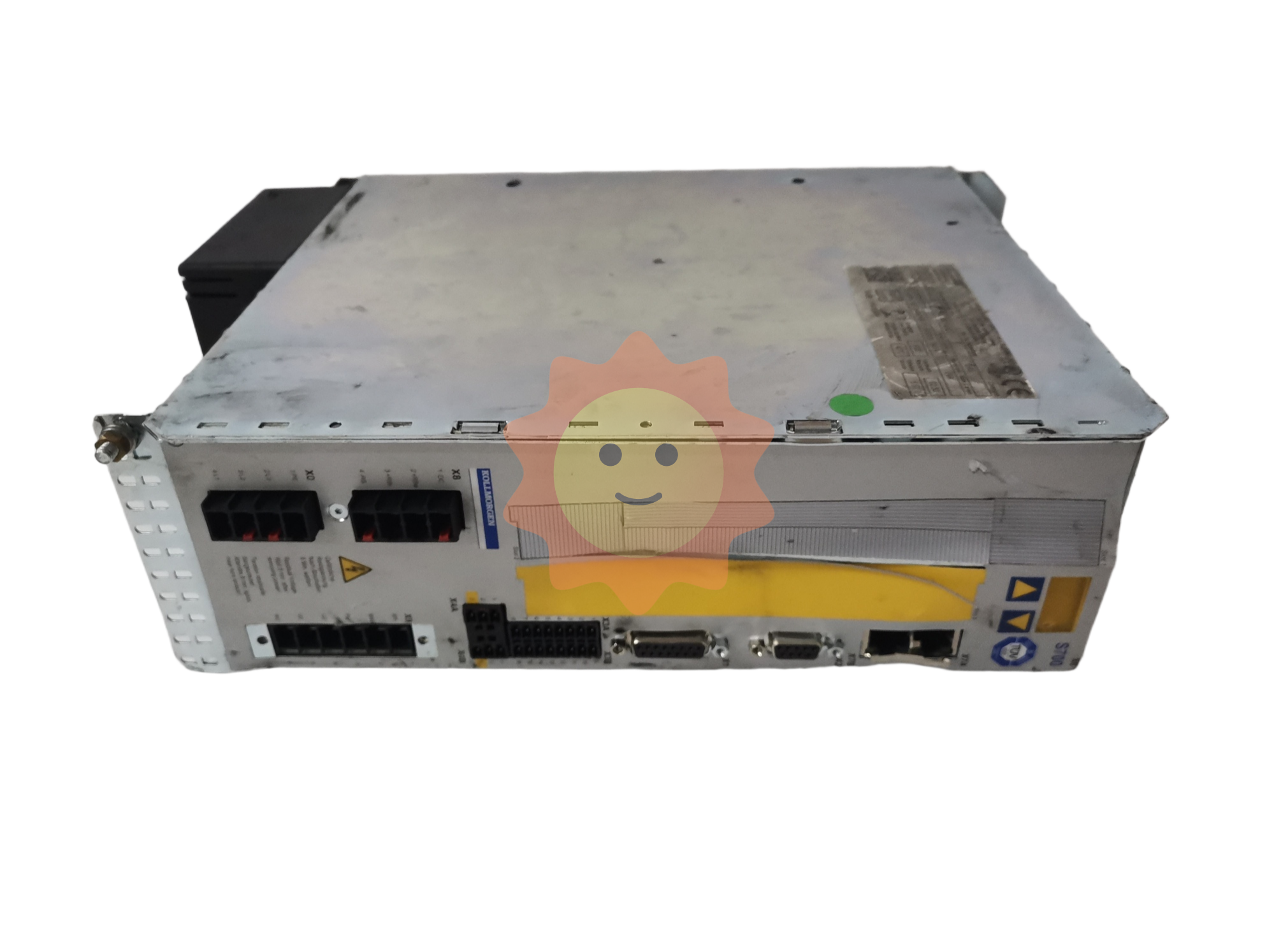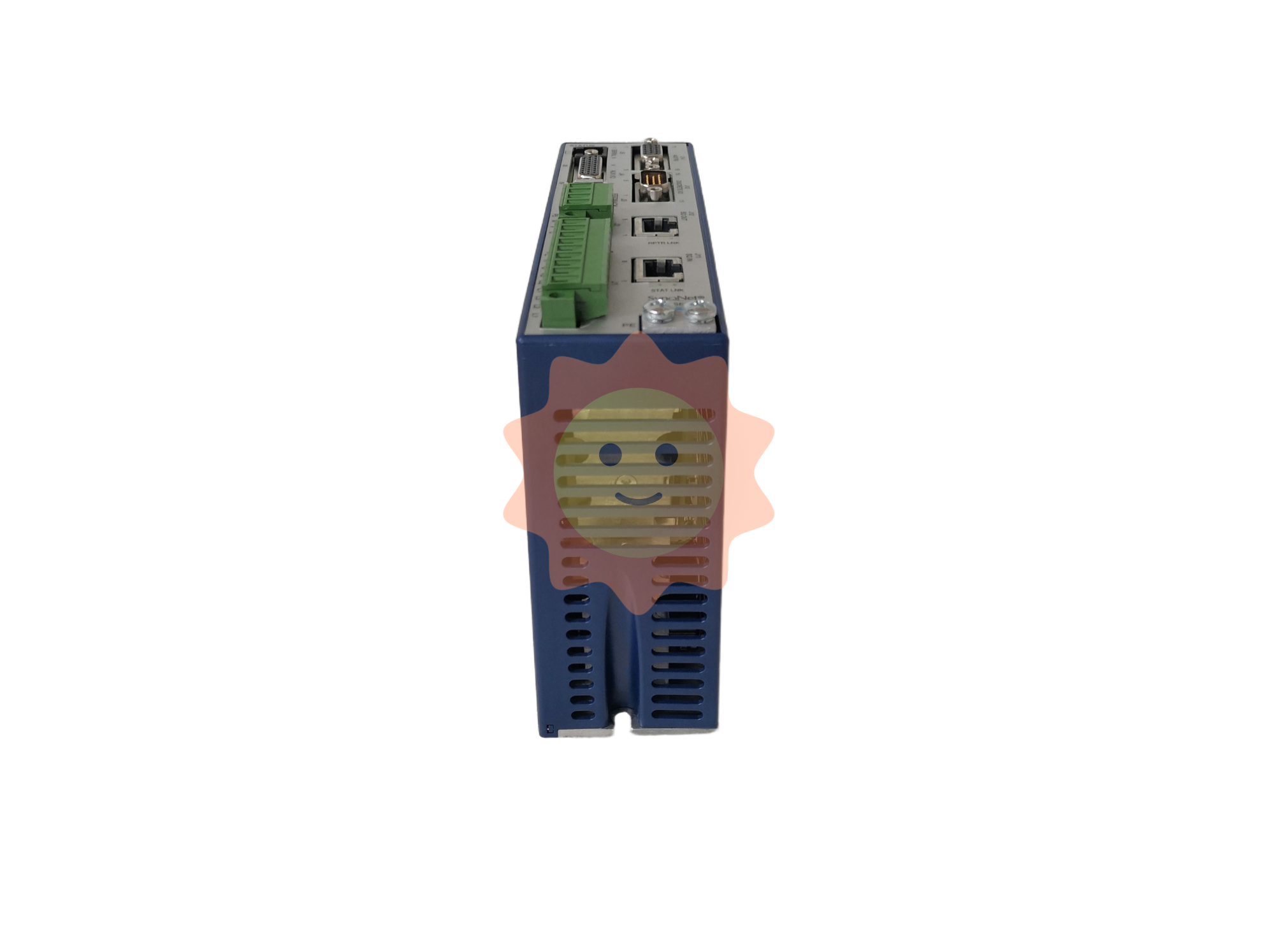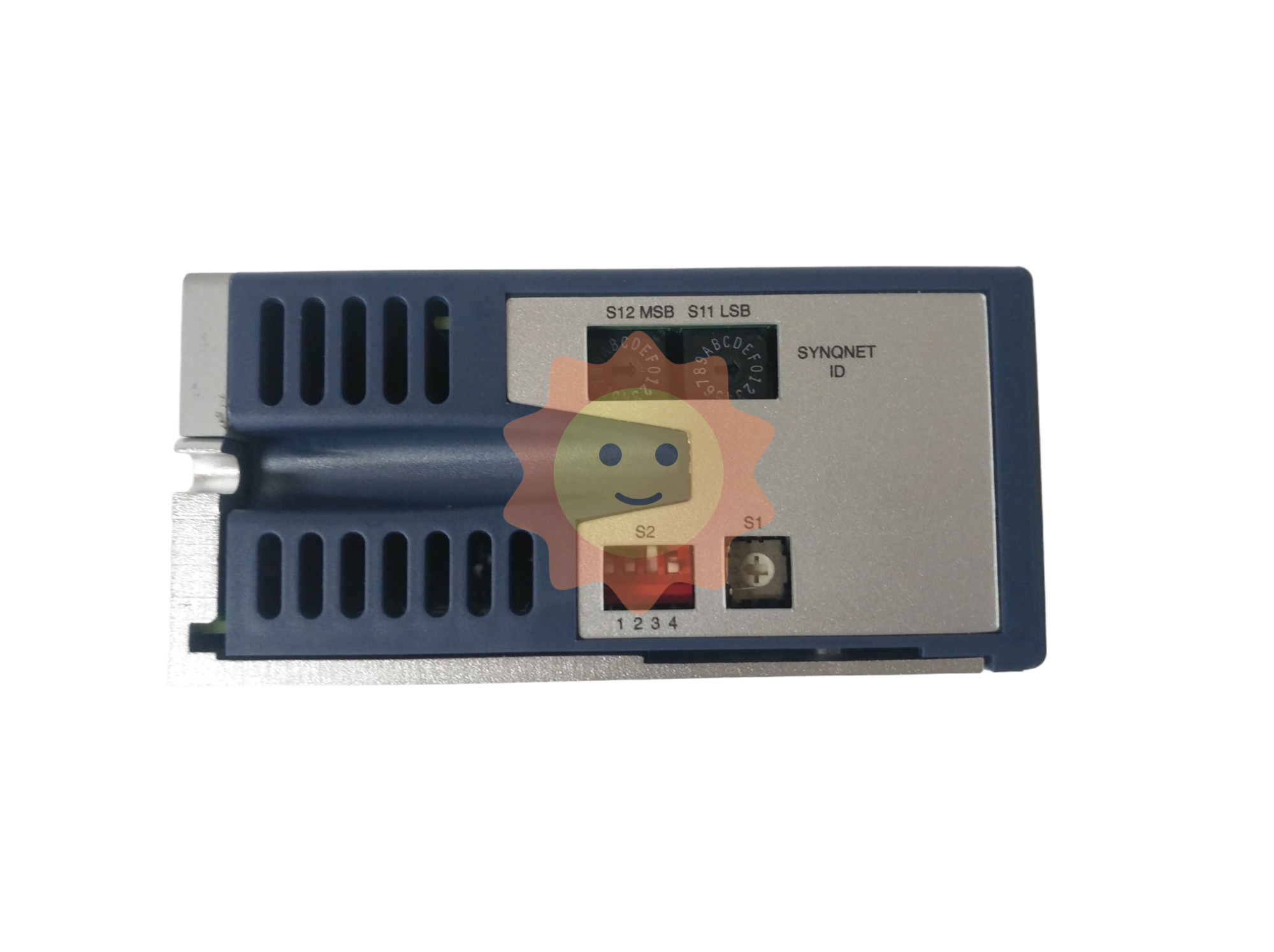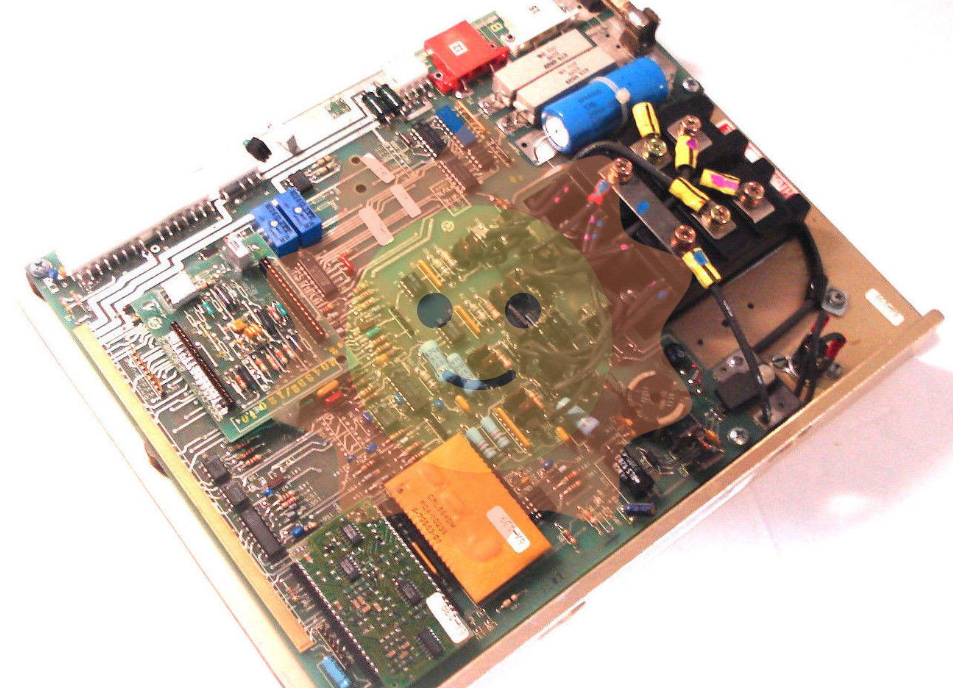Forerunner of the forgotten era of "printing civilization"
In addition to the above two cases, printed pamphlets, as the "new media" that was "loved by everyone" at that time, also imperceptibly empowered ordinary people with basic reading ability - more full access to printed media. In Europe shortly after the invention of Gutenberg's movable type printing, the real "book" as a "work of art" was expensive and difficult to understand, and the general literacy rate in each country was not high - "In the European countries where printing was developed, the total population in the early years was definitely less than 100 million, of which only a minority were literate" [15]. So, as Peter Burke has found, for ordinary people who "read little" or "read more slowly and with difficulty," even if they have a strong desire to read, they have to face the question of affordability and "ability to read," and printed pamphlets are not only cheap, but "their language is usually very shallow and their vocabulary is relatively small." The syntactic structure is also very simple "[16]. It is clear that printed pamphlets provided ample "empowerment" for ordinary people in early modern Europe who were not economically well off but had a certain level of literacy and desired access to written media.
"Empowerment", as a "multi-level and broad conceptual system" that has gradually become popular since the 1960s and 1970s, focuses on empowering "vulnerable groups, marginalized groups or people with disabilities" in society [17]. The printed pamphlets of early modern Europe gave power to various reformed denominations, to the emerging bourgeoisie, and to the ordinary people who had just begun to read, which typically explained the purpose of the concept of "empowerment".
- EMERSON
- Honeywell
- CTI
- Rolls-Royce
- General Electric
- Woodward
- Yaskawa
- xYCOM
- Motorola
- Siemens
- Rockwell
- ABB
- B&R
- HIMA
- Construction site
- electricity
- Automobile market
- PLC
- DCS
- Motor drivers
- VSD
- Implications
- cement
- CO2
- CEM
- methane
- Artificial intelligence
- Titanic
- Solar energy
- Hydrogen fuel cell
- Hydrogen and fuel cells
- Hydrogen and oxygen fuel cells
- tyre
- Chemical fiber
- dynamo
- corpuscle
- Pulp and paper
- printing
- fossil
- FANUC
- Food and beverage
- Life science
- Sewage treatment
- Personal care
- electricity
- boats
- infrastructure
- Automobile industry
- metallurgy
- Nuclear power generation
- Geothermal power generation
- Water and wastewater
- Infrastructure construction
- Mine hazard
- steel
- papermaking
- Natural gas industry
- Infrastructure construction
- Power and energy
- Rubber and plastic
- Renewable energy
- pharmacy
- mining
- Plastic industry
- Schneider
- Kongsberg
- NI
- Wind energy
- International petroleum
- International new energy network
- gas
- WATLOW
- ProSoft
- SEW
- wind
- ADVANCED
- Reliance
- YOKOGAWA
- TRICONEX
- FOXBORO
- METSO
- MAN
- Advantest
- ADVANCED
- ALSTOM
- Control Wave
- AB
- AMAT
- STUDER
- KONGSBERG
- MOTOROLA
- DANAHER MOTION
- Bently
- Galil
- EATON
- MOLEX
- Triconex
- DEIF
- B&W
- ZYGO
- Aerotech
- DANFOSS
- KOLLMORGEN
- Beijer
- Endress+Hauser
- MOOG
- KB


Email:wang@kongjiangauto.com


